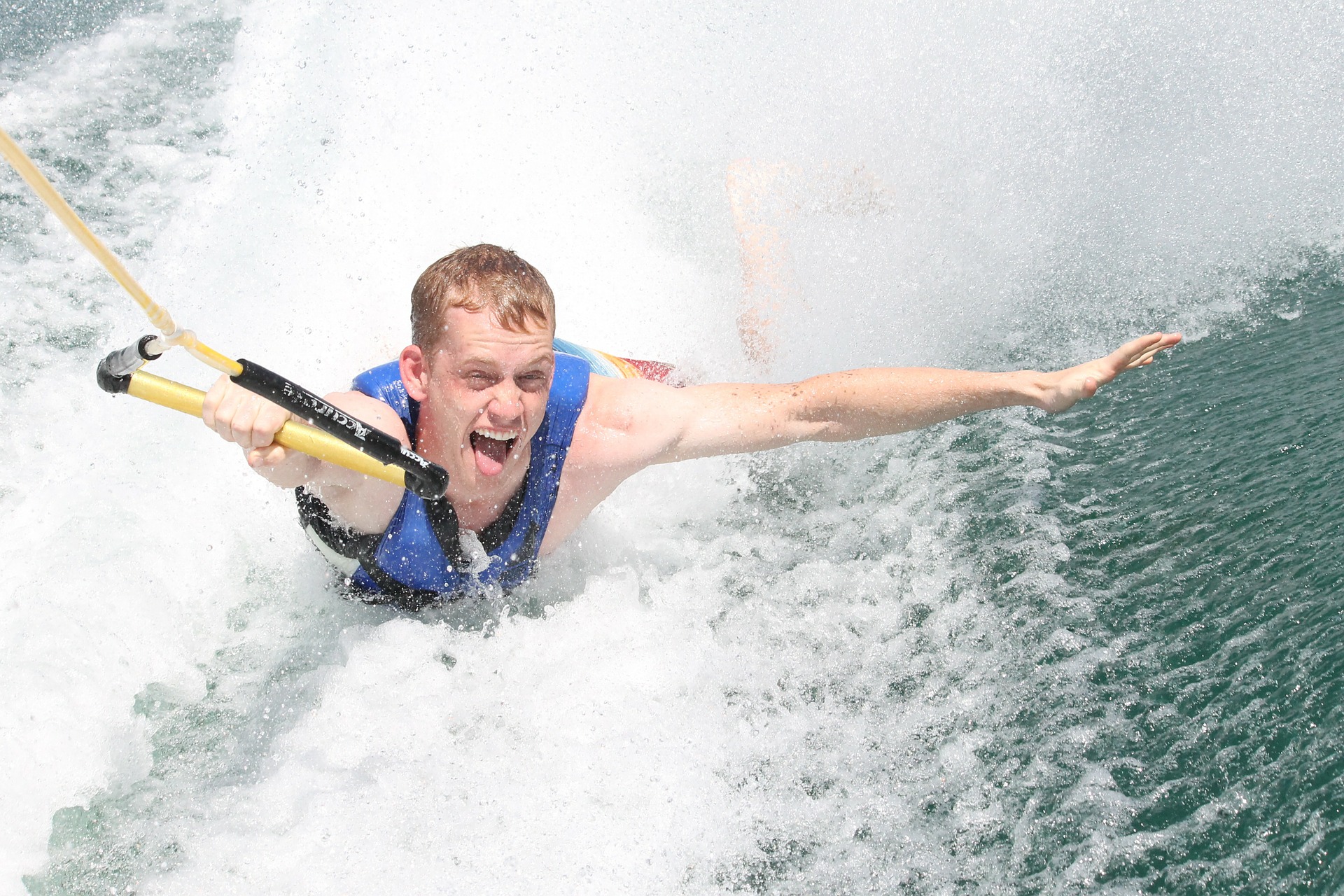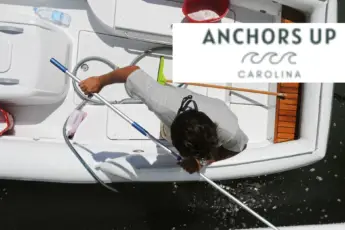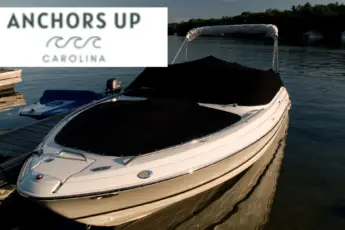Watersports are one of the best forms of entertainment when boating. Whether you’re into water skiing, kneeboarding, wakeboarding, water tubing, or any other form, for that matter, it can provide fun for the entire family. While risks do come along with waterskiing, following a few steps can help avoid dangers that can injure those in the boat or the skier. What are the five tips to water ski safely?
Make Sure The Two Line Is Secure
The skier towline connects the boat to the skier. No, the towline doesn’t physically attach to the person being towed on skis, but the grip is used to pull the individual up when held.
A ski rope connects to the back of the most frequently in one of two ways. The first is via eye rings mounted to the stern on the port and starboard side. The line has clips that attach to the stainless steel hardware.
The second way to attach the tow rope is by a ski bar that mounts to the vessel’s stern. Place the loop in the line on the tow bar.
An unsecured line can cause it to rapidly project in the skiers direction, and severe injuries can be sustained. If you want to water ski safely, pay close attention to these lines.
Have A Spotter Onboard
A distracted driver who is peering back at the skier rather than looking ahead can lead to disastrous consequences. In Georgia, South Carolina, and North Carolina, a spotter is required by law. A spotter is an additional person who monitors the skier while the operator drives.
The spotter can read hand signals from the skier and relay the message to the driver and inform the driver when the skier is down.
Failure to have a spotter on board can lead to fines from local and federal agencies who patrol the waters no matter if you are water skis tubing Hilton Head Island or elsewhere.
Operate At Safe Speeds
The boat must accelerate quickly to lift the skier out of the water; however, speed should be kept at a safe limit once they are upright. Excessive speeds can cause injury to the skier if they fall.
Children can be pulled much slower than adults because of their size. Most adults will need to be towed between thirty and thirty-five miles per hour with two skis. Barefoot skiing requires higher speeds because of the less buoyant nature of skiing on bare feet. Experienced skiers should do barefoot waterskiing.
Wear A Personal Flotation Device
Water skiing should always be done with a life jacket that securely fits the skier. When a skier falls, they can lose consciousness if they are struck by a ski or even by hitting the water at a high rate of speed. Loss of consciousness in the water can lead to drowning.
Beyond head injuries, the limbs can also be affected, which will reduce the skier’s ability to remain afloat. One of the most important tips for water skiing is to always wear a personal flotation device when water skiing.
Never Back The Boat Up To A Skier
Something that should always be avoided is operating the boat in reverse once a skier is down. The first danger that lies in doing so is striking the down skier. The vessel can contact the individual, or even worse, the propeller can inflict wounds.
The second reason is tangling the line in the propeller. A tangled line in the motor will not allow the boat to be maneuvered. Untangling the caught tow rope can be time-consuming and put the skier who has fallen in danger of being struck by other crafts. Additionally, the boat becomes susceptible to drifting off course and into areas of danger including rocks, the shore, or shallow water.
Always avoid backing down. Drive ahead and pull up to the skier with the bow moving in a forward direction.
Time To Start Water Skiing
Following these five water skiing tips will significantly reduce the chance of injury, whether you’re water skiing or barefoot water skiing. Safety is of the utmost importance but don’t become fearful of errors. Use your judgment and rely on the help that is onboard with you. The passengers on board should lend a helping hand so the operator can focus on driving the vessel. I have taken numerous people water skiing and understand the risks and importance of safe operation. You, your family, and friends will have a blast and want to get back on the water for more.








Leave a Comment
You must be logged in to post a comment.